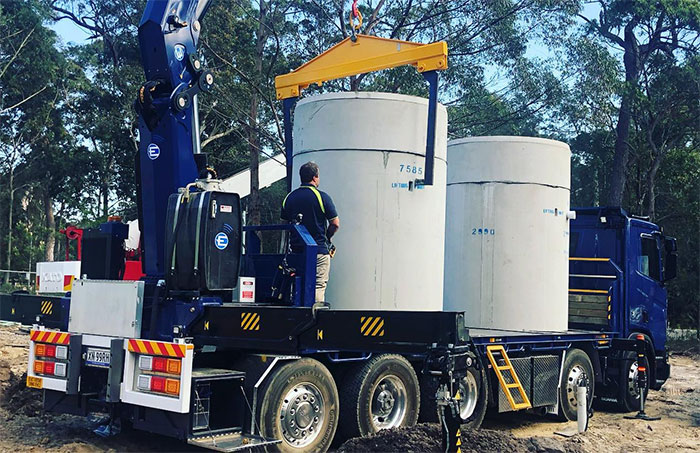Maintenance Tips for Your Water Tank
If you already have an in-ground water tank installed, you can’t always be sure you will always have a good supply of rainwater. The amount of water you have, will depend on where you live and the rainfall in your area.
In-ground rainwater tanks require very little maintenance and should give you many years of trouble free use. However, to keep your tank in tip-top shape there are some things you can do to get the best from your in-ground water tank year after year.
Check your gutters
Your gutters and downpipes are a key component when it comes to diverting water from your roof and into your tank, sadly they are often over-looked by many water tank owners. A gutter that is blocked is more likely to over-flow when it rains heavily, and an overflowing gutter won’t fill your tank as quickly as guttering that is free-flowing. It is important to prevent leaves and debris from falling into your gutters, but that isn’t always as simple as it seems. Some effective ways are to have gutter guards installed or downpipe screens. Alternatively, you should clean your gutters regularly. If you are cleaning them always take care when using ladders. If you own a two-story home call a professional gutter cleaning company to clean your gutters using a powerful vacuum cleaner, that is the easiest way.
Check your First Flush device
When it rains, the first flush device is used to prevent the first lot of water from your roof – where most of the dirt and debris will be, from entering your tank. This first dirty water goes into the first flush device until it is full, a plastic ball then floats to the top of the device and directs the cleaner water into your tank. Meanwhile, at the bottom, a flow restrictor slowly releases the dirty water to *reset* the device for the next rainfall. The only component that really needs attention is the flow restrictor as it can often become blocked with dirt and debris and will need to be cleaned after each heavy rainfall event. If you don’t clean the restrictor regularly, the device will remain full of dirty water which will become stagnant, and, with the device full it can’t catch the next *first flush* of dirty water.
How to clean your first flush device
- Unscrew the bottom of the first flush device, but take care, you don’t want to get splashed by dirty water.
- Rinse out the bottom cap that you unscrewed, along with it’s components with fresh water
- Put everything back the way it was.
The first flush device is now ready for the next rainfall, and you will know that only the cleanest water is entering your tank.





